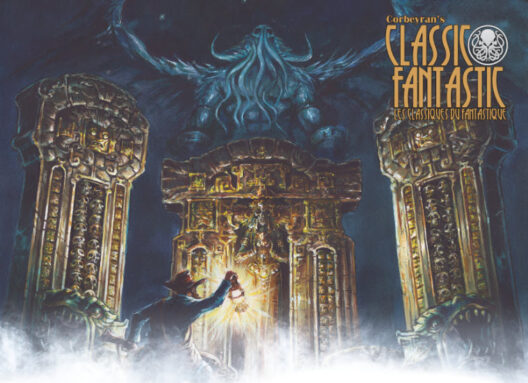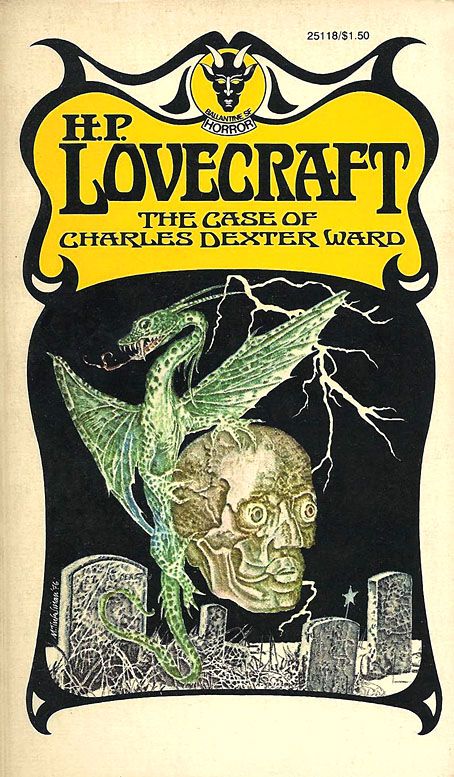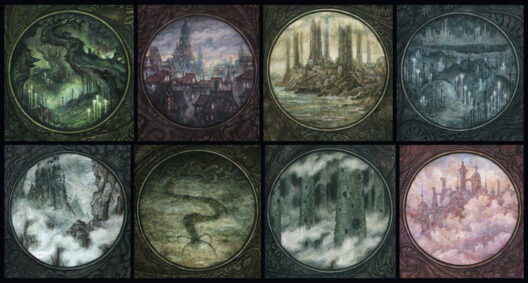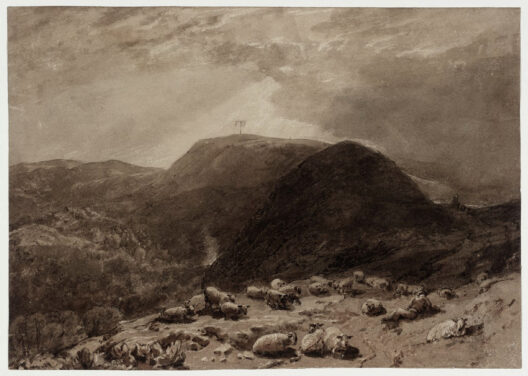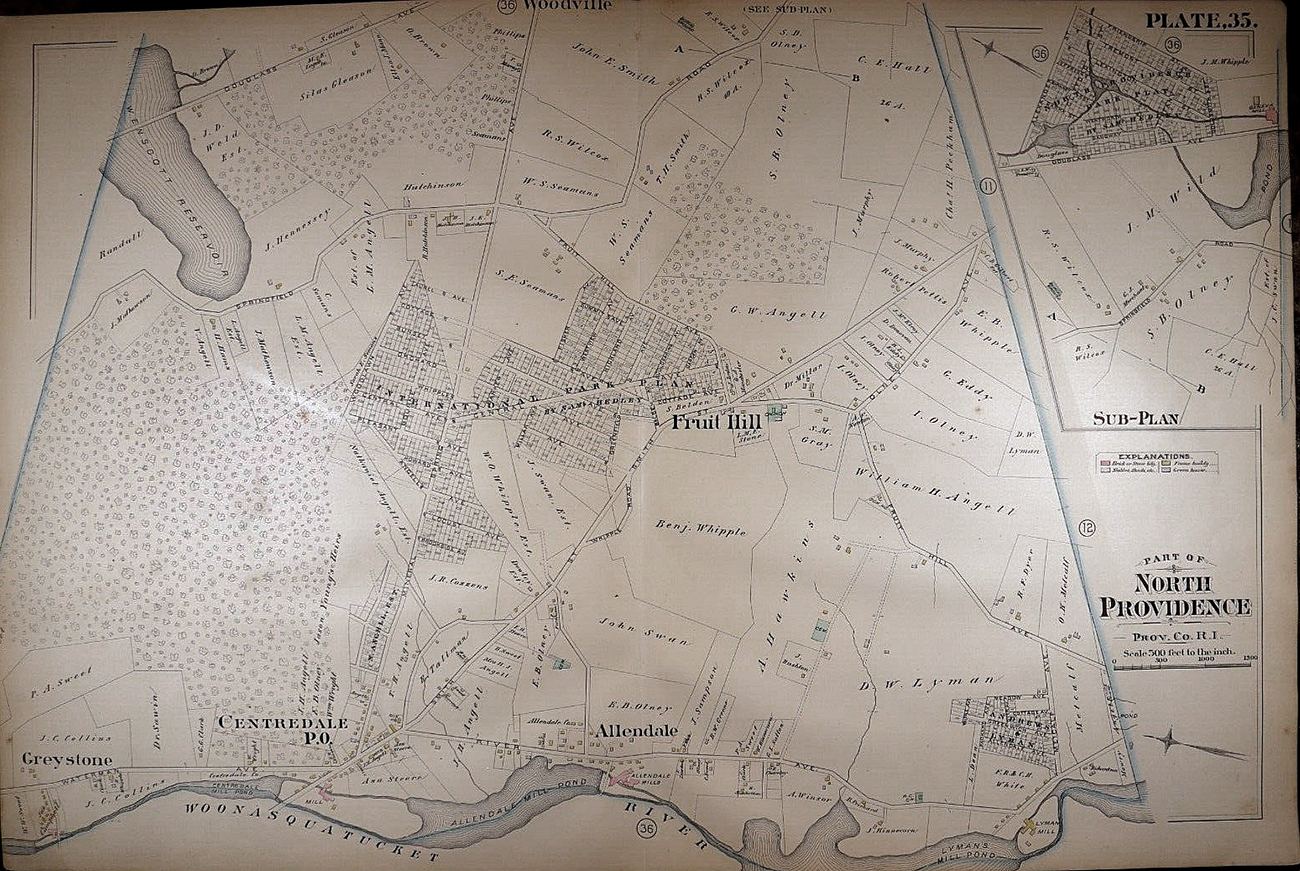HPLinks #10.
“… it would be damned improbable if there were any real phenomena existing unknown in space and happening to correspond to these error-born myths” [which assume] “such things as gods, immortality, etc.” — Lovecraft on ‘space gods’, to Robert E. Howard on 16th August 1932.
* The Lovecraft Historical Society have another Dark Adventure Radio Theatre recording due, currently available for pre-order. It’s an adaptation of Lovecraft’s wartime submarine-supernatural “The Temple” (1920). Due to surface from the depths on 24th November 2024.
* A new long post from JonBlackWrites on “Yellow Signs: The Decadent Movement and its Influence on Weird Fiction”…
“If one considers the poetry of two of the most celebrated practitioners from each movement, Charles Baudelaire and H.P. Lovecraft, there are lines of their poetry which, ripped out of context, would be almost impossible to identify as the work of one creator or the other.”
* Jordan M. Poss has “Further notes on aliens and the gothic and makes a short but convincing case that UFO lore and the literary gothic have a lot of strands in common. One can see at a glance how much of Lovecraft’s mythos corresponds in much the same way. I don’t recall of any book or article showing a heavy overlap between the post-1950s UFOs-are-aliens crowd and Lovecraft, but perhaps it’s an area worthy of a little historical study. I guess the ‘ancient astronauts’ angle would come closest to overlap (ably dealt with in the book: The Cult of Alien Gods: H.P. Lovecraft And Extraterrestrial Pop Culture, 2005). And, ah yes… there was also that definite early influence of Lovecraft on Terence McKenna, who later became a big name among the mystical-trippy UFO crowd.
* Talking of “ancient astronauts”, Deep Cuts this week takes a deep-dive…
“into the history of one of the most contentious affairs in pulp science fiction in the 1940s, the Shaver Mystery, and its interactions with H. P. Lovecraft’s Mythos”.
* The Papers of Sonia H. Davis has been blogging extensively over the summer, and now on into the autumn with a long new post on Lovecraft’s daughter by marriage. Especially note the long research-heavy posts “Dear Mrs. Greene” Part I and Part II, on Galpin’s letters to Sonia.
* A 2023 Philology degree dissertation “Images of the Living Dead in Lovecraft’s Oeuvre in the Light of the Aesthetic of Ugliness”. Just a firm abstract, in English. One wonders if the author was able to also draw on Lovecraft’s various remarks about his own ugliness and sense of facial disfigurement. But there’s no PDF available.
* Corbeyran’s Classic Fantastic book of comics adaptations of fantasy classics, now 89% funded on French crowdfunding platform Ulule.
* The TransAtlantic Fan Fund (TAFF) now has the Work For Hire book for free download, being a book of essays by Dave Langford… “written for sf, fantasy and horror reference works published long ago from 1996 to 2007. These do not include the Encyclopedia of Fantasy and Encyclopedia of Science Fiction, both freely available online.” Authors discussed include Rudyard Kipling, Brian Stableford and Colin Wilson, among many others. The Fan Fund helps send British science fiction fans to conventions in the USA, and will welcome a donation if you enjoy the book.
* Last week John Coulthart surveyed the covers for “Lovecraft at Ballantine” in the mid 1970s. The covers are shown and there’s an eyebrow-raising amount of dragons and similar.
It then occurred to me that in 1976 dragons were ‘hot’ (remember Anne McCaffrey and all that best-selling dragon-riders stuff?). Perhaps that’s why a cynical publisher wanted to suggest that Lovecraft wrote about dragons and dragon-like sea-serpents? But if so, Ballantine also made some unfortunate choices in the cheap-looking artwork and questionable graphic-design for the framing. Compare these editions with the vastly better work on the Panther paperback covers, appearing around the same time here in the UK.
* Via Chaosium, watch the panels from this year’s Miskatonic Repository Con, online. Including one on writing Mythos scenarios, and another on how to intertwingle real-world history into your Mythos setting.
* Reviews from R’lyeh has a long new review of the 1920s Gumshoe-based game The Terror Beneath: An Investigative Roleplaying Game of Weird Folk Horror…
There are elements of folk horror here, but also eldritch horror, such that Machen’s work is seen as a precursor to and influence upon the works of H.P. Lovecraft. The latter is important in The Terror Beneath in several ways. [The setting is not rural Wales, but rather among the] communities of London’s docks and veterans of the Great War [i.e. the First World War]”.
Nice to see a British working-class 1920s setting. The game is currently pre-ordering and is due for publication on 24th October 2024.
* In the Portland Press Herald local newspaper (accessible from the UK, no ‘EU cookies’ nonsense), a new exhibition review titled “Discover a quirky Vermont college that you’ll wish had really existed”. The show offered relics from “St. Amelia’s College of Speculative Timbre”, where among other things…
“Professor Samuel Drexler built odd musical contraptions taken from literary works, such as ‘the Detestable Electrical Machine’ H.P. Lovecraft wrote about”
The “electrical machine” (un-capitalised) is found in Lovecraft’s tale “From Beyond” (1920).
* At DeviantArt, a set of eight finely painted section-illustrations for The Dream-Quest of Unknown Kadath. Also, by the same artist, Zoogs.
* Also at DeviantArt, a new Halloween photo-set, as-if from 1970s experiments in Providence which sought to enter the Dreamlands of HPL via ‘cosmic radios’.
* And finally, the National Library of Ireland reports “Hidden Bram Stoker Story Unearthed in Irish Archives”. An amateur researcher has found the lost “Gibbet Hill”…
“in an 1890 Christmas supplement of the Daily Express Dublin Edition. The story was unknown even to Stoker biographers and literary scholars for over 130 years.”
The tale’s setting, Gibbet Hill. A gibbet being where criminals were hanged and then left for display.
Which just shows that there may even still be an unknown Lovecraft item lurking somewhere, perhaps in some amateur journal or old newspaper.
— End-quote —
“Around the All-Hallows period I unearthed a highly picturesque district on the city’s very rim — Fruit Hill, from one point of which I caught a view of almost incredible loveliness which included a twilight-clad descent of walled meadows (with a wood and glimpses of a sunset-litten river at the bottom), dim violet hills against an orange-gold west, a steepled village in a northward valley, and over the rocky eastward ridge a great round Hunter’s Moon preparing to flood the scene with spectral light.” — H.P. Lovecraft, to Richard Ely Morse, 14th November 1933.

